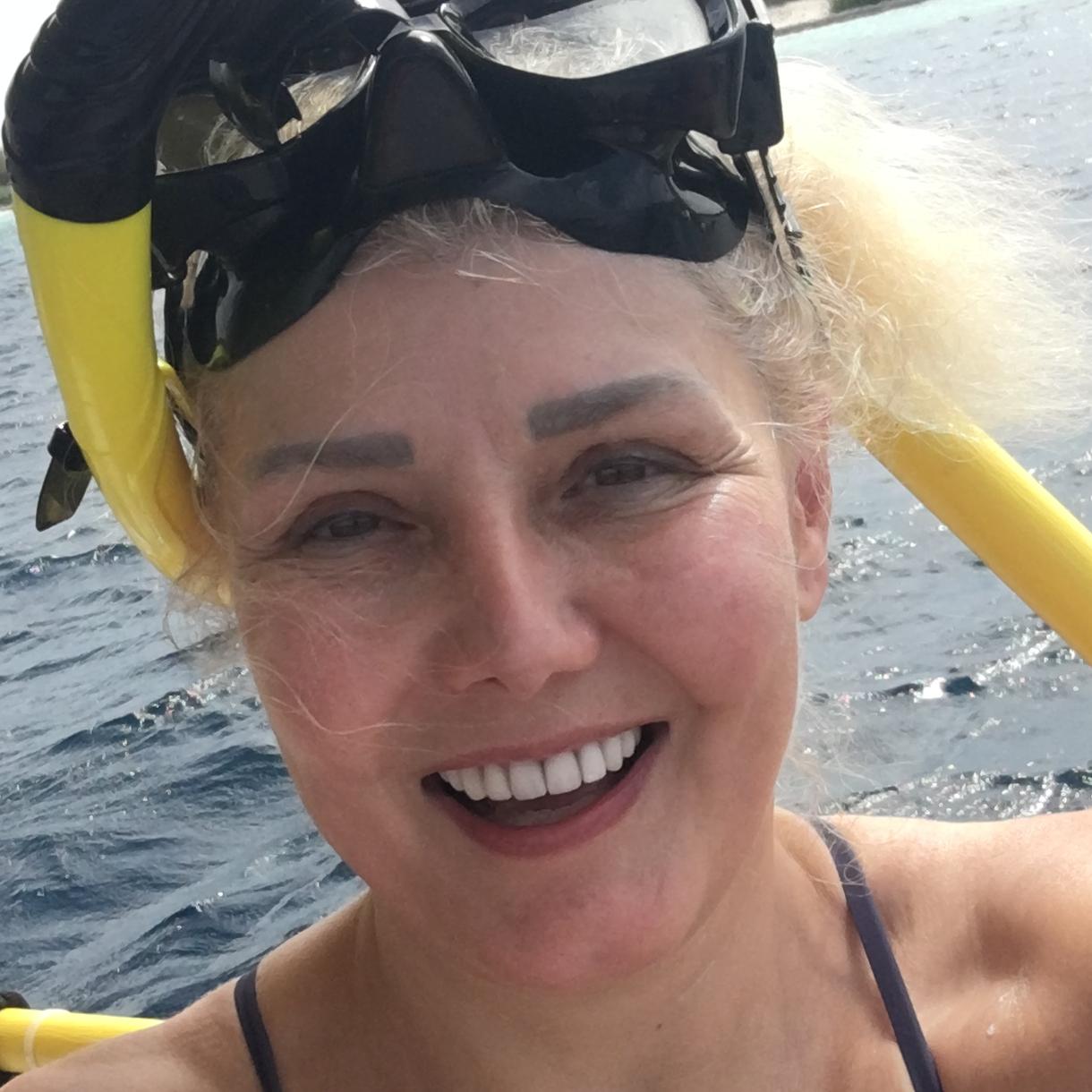ASMBS: Gastric Banding Gets Low Marks
ASMBS: Gastric Banding Gets Low Marks
LAS VEGAS -- Adjustable gastric banding achieves only modest weight loss, and even that benefit deteriorates over time in most patients, a Dutch surgeon said here.
Five years after surgery, about two thirds of patients maintained 25% excess weight loss. At 10 years the success rate dropped to less than a third (31%).
Using 40% excess weight loss as the standard resulted in a five-year success rate of about 50%, which declined to 20% at 10 years, Edo Aarts, MD, reported at the American Society of Metabolic and Bariatric Surgery meeting.
Control of obesity-related comorbid conditions deteriorated similarly over time.
"If you perform adjustable gastric banding, you must realize that this is not the final solution, most of the time, for your patients," said Aarts, of Rijnstate Hospital, Amhem, The Netherlands.
Reviewing the history of adjustable gastric banding, Aarts noted that initial results were encouraging when the procedure was introduced in the early 1990s. Gastric banding achieved good results with respect to excess weight loss and was associated with a low risk of morbidity and mortality.
The five-year results have been mixed, as some studies showed durable weight loss and others deterioration of initial benefits. Because of the procedure's relatively recent introduction, little information has accumulated regarding the long-term results with adjusted gastric banding, Aarts said.
Rijnstate Hospital has the most active bariatric surgery program in The Netherlands, he continued. Surgeons perform more than 800 procedures annually, and more than 3,000 patients have undergone laparoscopic adjustable gastric banding.
Aarts and colleagues evaluated results in 201 patients who had laparoscopic adjustable gastric banding procedures during 1995 to 2003. All the patients had rigorous follow-up at three-month intervals during the first year and then annually thereafter. As a result, 99% of the patients had complete follow-up data, which spanned an average of 9.6 years.
The patients had a mean baseline age of 37, and women accounted for three fourths of the cohort. Baseline body mass index averaged 46 kg/m2, and 20% of the patients met the definition of super obese. Excess body weight averaged 83 kg.
Using excess weight loss >25% to define treatment success, Aarts and colleagues found that adjustable gastric banding was successful in about 80% of patients during the first three years, followed thereafter by a steady decline to 64% at 5 years and 31% at 10 years.
When treatment success was defined as band in place and excess weight loss >40%, the success rate was 70% at one year, 64% at three years, 50% at five years, and 20% at 10 years.
A third of patients had undergone reoperation after five years, increasing to 53% at 10 years. The incidence of band removal increased from 0.5% at one year to 11% at five years and 35% at 10 years. Conversion to Roux-en-Y gastric bypass accounted for half of all reoperations.
Control of diabetes, hypertension, and gastroesophageal reflux disease all deteriorated significantly (P<0.01) over time. In particular, the incidence of new-onset diabetes and hypertension increased during follow-up, as did the proportion of patients requiring acid-suppression therapy.
On the basis of the results, surgeons at the Dutch center have begun to re-evaluate their use of adjustable gastric banding for treatment of obesity. What role, if any, the procedure will play in the future has yet to be determined, said Aarts.
Primary source: American Society of Metabolic and Bariatric Surgery
Source reference:
Aarts E et al. "Disappointing results in the long run after gastric banding." ASMBS 10. Abstract PL-118.
For for goodness sakes, anyone would be thrilled to go through WLS to show a 25% loss of excess weight as being a success!
(note the eyeroll)
Even though RNY is drastic in terms of having our guts rearranged, I was turned off by the idea of having a "foreign object" inside my body, and that was one of the reasons I didn't get the band. I also knew I would find a way to eat around it.
I wonder what the long-term effect of the band will be and what the future will hold.
Michelle  (OH member since 2004 - new user name)
(OH member since 2004 - new user name)
HW 285 / SW 270 / GW 140 / LW 135 / CW 185
RNY 6/8/2009 ![]()
Starting size 26/28, now size 12/14
"Jesus Christ is the same yesterday and today and forever." -Hebrews 13:8
I gotta say I hate my band! It has been a joke, if it is tight enough to stop me from eating it's too tight and I get horrid reflux. When it's loose I can eat most anything so I'm still dieting with little success. I know it's worked for many but I truely think it is only effective for volume eaters and those with less than 100 lbs. to lose. Because of other health issues I can barely exercise ansd already ate less than 1000 calories a day before the band. My only hope is that in a few years I'll be eligible for medicare (my luck they'll stop doing WLS) and can revise to a VSG. Just recently my surgeon started doing them. Because I take coumadin he doesn't want to do anything invsive but I think that's all that will work. I just wish more people really looked at the long term effects and results of the band because it is very hit and miss as to whether it'll work for anyone.


